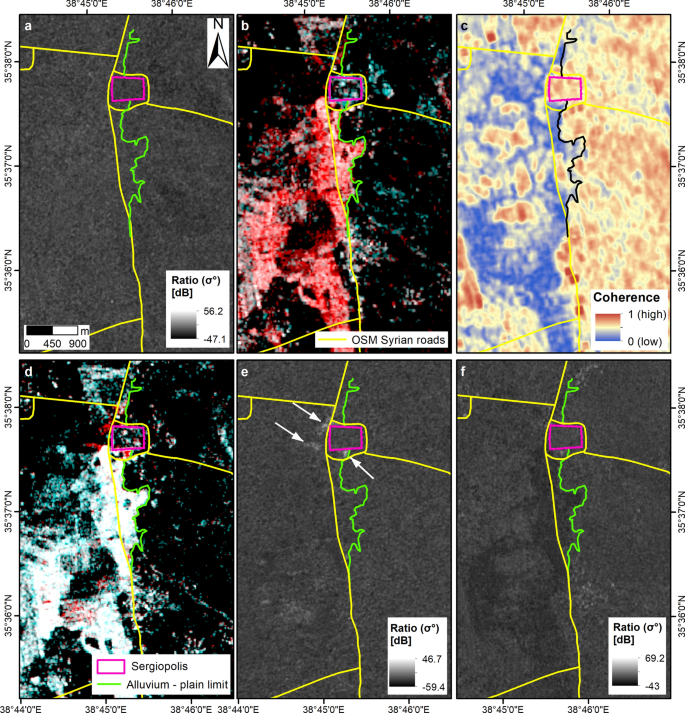

Overbank flow or return flow to the channel is simulated for each timestep. Unconfined floodplain flow is simulated in eight directions (4 compass directions and 4 diagonal directions). One-dimensional channel flow is simulated with rectangular, trapezoidal or surveyed cross sections. FLO-2D can also perform as a rainfall runoff model and rain can occur on the flooded surfaces.Įxchange of Channel and Floodplain Discharge

Any ASCII data format hydrograph can be used as input. The number of inflow nodes are unlimited. Inflow hydrographs can be assigned to either the channel or floodplain nodes. Computational timesteps are incremented or decremented according to numerical stability criteria. Numerical stability is linked to volume conservation and when the model conserves volume the model runs faster. FLO-2D tracks and reports on volume conservation. The key to accurate flood routing is volume conservation. Volume Conservation, Routing Algorithm Stability and Timesteps The number of square grid elements is unlimited.Īerial images can be imported to the GDS as background to assist graphical editing. A typical grid element size will range from 10 ft (3 m) to 500 ft (150 m). A processor program called the Grid Developer System (GDS) generates the grid system and assigns the elevations. The grid element elevations are assigned from an interpolation of the DTM points. Topography can be represented by a digital terrain model (DTM) points, contour mapping or survey data.
Flooded in pro ii simulation full#
The model uses the full dynamic wave momentum equation and a central finite difference routing scheme with eight potential flow directions to predict the progression of a floodwave over a system of square grid elements.įLO-2D requires two sets of data: topography and hydrology.


 0 kommentar(er)
0 kommentar(er)
